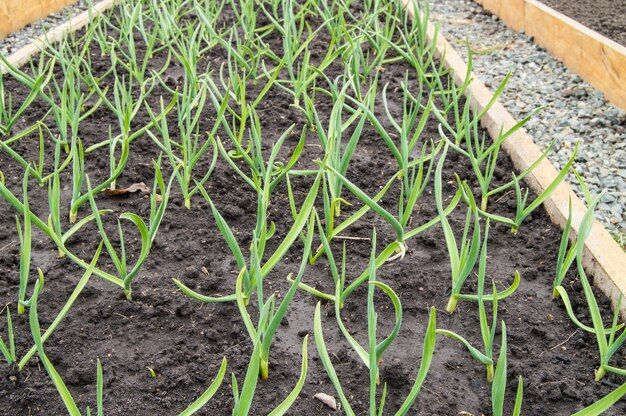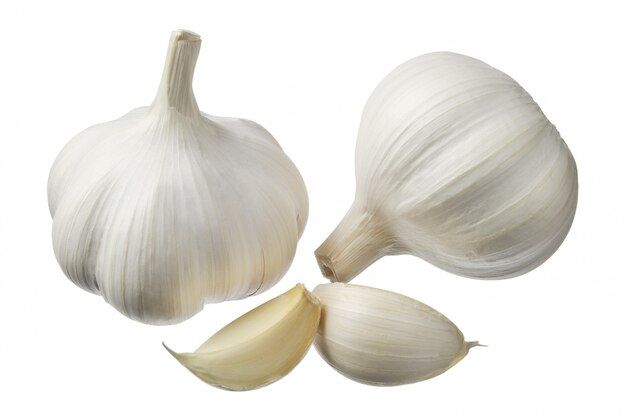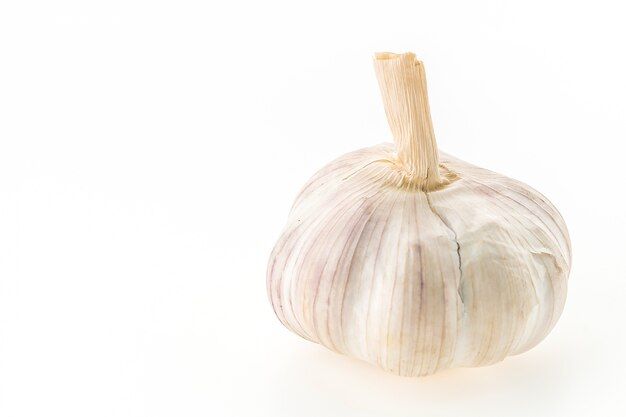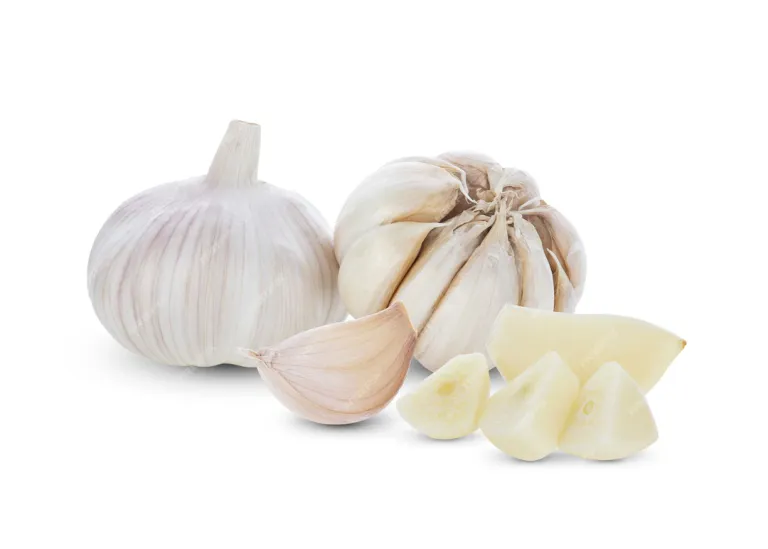Garlic, scientifically known as Allium sativum, is a hardy, perennial plant grown worldwide for both its culinary and medicinal benefits. Growing garlic in your garden is a rewarding experience, and it is relatively simple, even for beginner gardeners. Not only is garlic a versatile ingredient in cooking, but it also boasts a wide array of health benefits. In this guide, we’ll take you through the step-by-step process of growing garlic, followed by a discussion on the numerous health benefits of incorporating garlic into your diet.
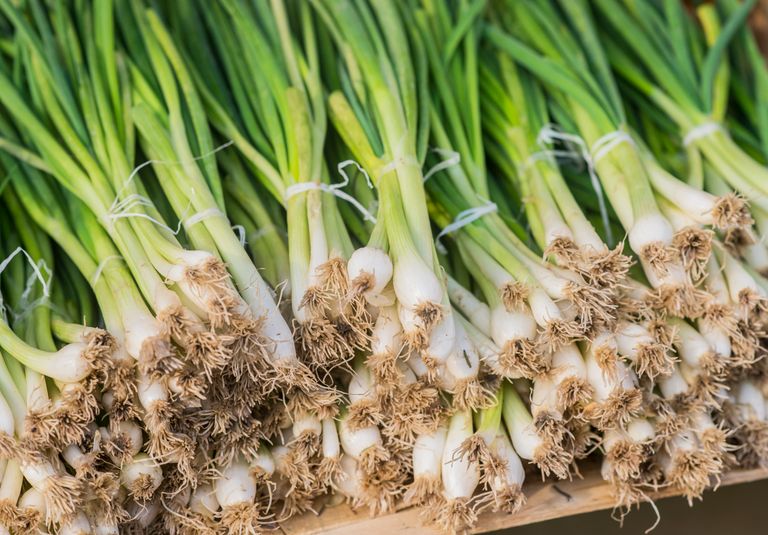
How to Grow Garlic
Growing garlic doesn’t require a lot of specialized knowledge, but there are a few key steps and considerations to ensure you produce a healthy and abundant harvest. The process typically takes several months, so patience is key. The best time to plant garlic is in the fall, although it can also be planted in early spring in some regions.
1. Choosing the Right Type of Garlic
There are two primary types of garlic: hardneck and softneck.
Hardneck Garlic: This type of garlic produces a flower stalk, also known as a scape, and is generally more suited for colder climates. Hardneck garlic tends to have a more complex flavor profile and is often preferred by chefs.
Softneck Garlic: This variety is commonly grown in warmer climates and has a milder taste. It doesn’t produce a scape and tends to store longer than hardneck garlic, making it ideal for those who want to store garlic for months.
Within these two categories, there are various cultivars, so selecting the best type for your climate and soil is essential for optimal growth.
2. Selecting Garlic Bulbs for Planting
To grow garlic, you need to start with garlic bulbs, not cloves you’ve purchased from the grocery store, as the latter might not be adapted to growing in your region and may be treated with chemicals that prevent sprouting. It's best to buy certified seed garlic from a reputable supplier or garden center. Choose bulbs that are healthy, firm, and free from any signs of disease or damage.
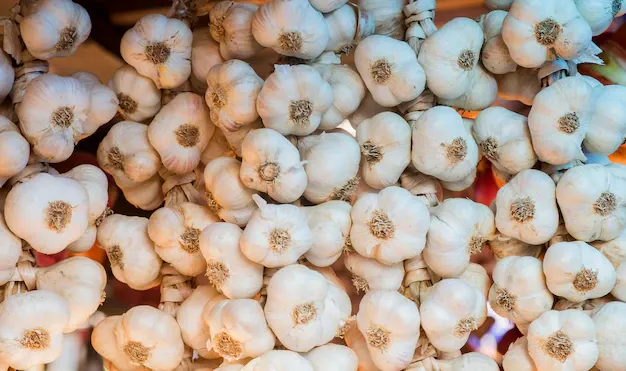
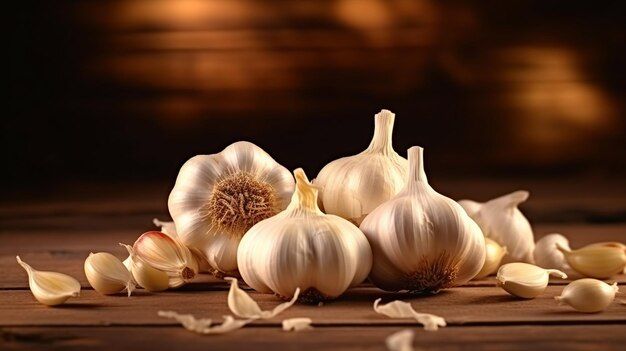
Once you have your bulbs, you will break them into individual cloves, keeping the papery skins intact. Each clove will grow into a new garlic bulb. It's important to select the largest and healthiest cloves for planting as they have the potential to grow into larger bulbs.
3. Preparing the Planting Area
Garlic thrives in well-drained, fertile soil. Before planting, amend the soil with organic compost or well-rotted manure to improve its texture and nutrient content. Garlic prefers a slightly acidic to neutral pH level, so you might want to test the soil and adjust it if necessary.
The soil should be loose and friable, as garlic’s roots need space to spread. Avoid planting garlic in areas where onions, leeks, or other alliums have recently been grown, as this can increase the risk of disease.
Choose a sunny location for garlic, as it requires at least six hours of direct sunlight each day. Garlic needs room to grow, so ensure that you space the cloves about 4-6 inches apart in rows that are 12-18 inches apart.
4. Planting Garlic
The best time to plant garlic is typically in the fall, about 4-6 weeks before the first expected frost. This allows the garlic to establish roots before the cold of winter sets in. However, if you live in a warmer climate, you may plant garlic in the spring.
Plant each garlic clove with the pointed end facing upwards and the flat end facing downwards. Bury the cloves about 2 inches deep into the soil, ensuring they are spaced appropriately. After planting, water thoroughly to settle the soil around the cloves.
5. Caring for Garlic
Garlic is a low-maintenance crop, but it does require some care throughout its growing season.
Watering: Garlic requires consistent moisture, especially during the growing season. However, it is important not to overwater, as garlic doesn’t like to sit in waterlogged soil. Water when the soil feels dry to the touch, but avoid waterlogging.
Mulching: Apply a layer of mulch, such as straw or leaves, to help retain moisture and protect the garlic from extreme temperatures. Mulch also helps to suppress weeds, reducing competition for nutrients.
Weeding: Garlic is sensitive to weeds, as they can compete for nutrients and space. Regular weeding is essential, especially in the early stages of growth. Be careful when weeding around garlic, as its shallow roots can be easily disturbed.
Fertilizing: Garlic is a heavy feeder, so it may benefit from an organic fertilizer or compost application in the early spring. Avoid fertilizing too much in the late growing season, as it can affect bulb formation.
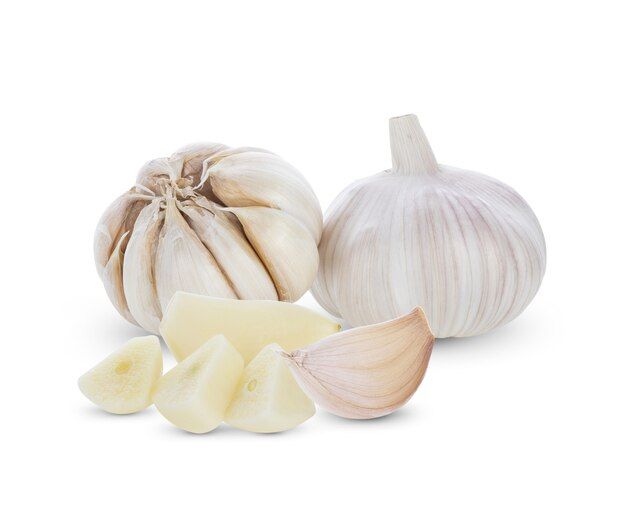
Pest and Disease Management: While garlic is generally resistant to pests and diseases, it’s still important to keep an eye out for potential issues. Aphids, thrips, and leek moths are some of the pests that may affect garlic. Fungal diseases such as rust or white rot can also be a problem if garlic is planted in poorly-draining soil. Proper crop rotation and good garden hygiene can help mitigate these issues.
6. Harvesting Garlic
Garlic typically takes 8-9 months to mature, with most varieties being ready for harvest in mid-to-late summer. Signs that garlic is ready to harvest include yellowing leaves, with the lower leaves turning brown. You will also notice the garlic bulbs pushing up against the soil surface.
To harvest, gently lift the garlic bulbs out of the soil using a garden fork or shovel. Be careful not to bruise or damage the bulbs. Once harvested, shake off excess soil and lay the garlic out to dry in a cool, dry, and well-ventilated area for about 2-3 weeks.
7. Storing Garlic
After garlic is fully dried, it’s important to store it properly to preserve its flavor and quality. Softneck garlic is typically braided into strands for easy storage, while hardneck garlic is often stored in baskets or mesh bags. Store garlic in a cool, dry place with good airflow. It can typically last for several months when stored properly.
Benefits of Eating Garlic
Garlic has been celebrated for its culinary and medicinal properties for thousands of years. From ancient Egyptian times to modern medicine, garlic’s benefits have been widely recognized. Below are some of the key health benefits of incorporating garlic into your diet.
1. Garlic is Rich in Nutrients
Garlic is packed with essential nutrients that support overall health. A single clove of garlic contains manganese, vitamin B6, vitamin C, selenium, and fiber. Additionally, garlic is low in calories and contains small amounts of various other vitamins and minerals, making it a great addition to any diet.
2. Antioxidant Properties
Garlic is known for its high levels of antioxidants, which help to neutralize free radicals in the body and reduce oxidative stress. This can help protect cells from damage, prevent premature aging, and support overall health. The antioxidant content in garlic can also support the body’s ability to fight off infections.
3. Heart Health Benefits
One of the most well-known benefits of garlic is its positive impact on heart health. Garlic has been shown to lower blood pressure, reduce cholesterol levels, and improve circulation, all of which contribute to a reduced risk of heart disease. Allicin, a compound found in garlic, plays a key role in these cardiovascular benefits by helping to relax blood vessels and reduce inflammation.
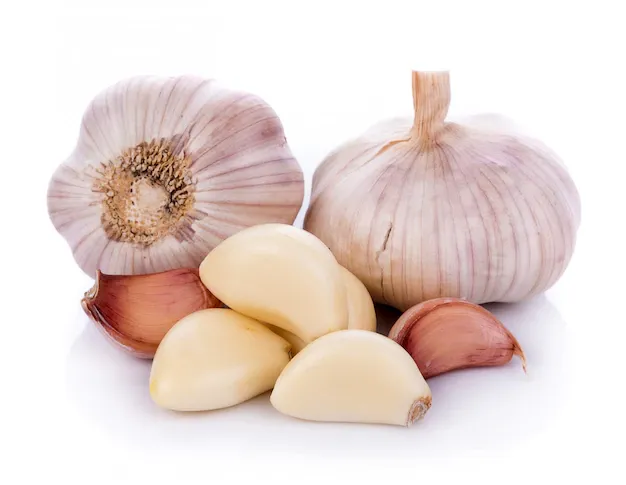
4. Immune System Support
Garlic has powerful immune-boosting properties. It has been shown to increase the production of white blood cells, which play a key role in fighting infections. Regular consumption of garlic can help to ward off common illnesses such as the flu and colds, and may even reduce the severity and duration of illness if you do get sick.
5. Anti-Inflammatory Effects
The sulfur compounds in garlic, such as diallyl disulfide, have anti-inflammatory properties. Chronic inflammation is linked to many diseases, including heart disease, diabetes, and cancer. Eating garlic regularly can help to reduce inflammation in the body and protect against these conditions.
6. Cancer Prevention
Several studies have suggested that garlic may have a protective effect against certain types of cancer. The compounds in garlic, particularly allicin, have been shown to inhibit the growth of cancer cells and reduce the formation of tumors. While more research is needed, garlic’s potential role in cancer prevention is a promising area of study.
7. Improved Digestive Health
Garlic is beneficial for the digestive system, as it can promote the growth of beneficial gut bacteria. A healthy gut microbiome is essential for optimal digestion, nutrient absorption, and immune function. Garlic also has antimicrobial properties that can help combat harmful bacteria in the gut and prevent digestive issues like bloating, constipation, and indigestion.
8. Bone Health
Garlic may also play a role in maintaining bone health by increasing the production of estrogen in women, particularly postmenopausal women. Estrogen is essential for maintaining bone density, and garlic's ability to support hormonal balance can help reduce the risk of osteoporosis.
9. Detoxification
Garlic has natural detoxifying properties, particularly when it comes to removing heavy metals from the body. The sulfur compounds in garlic can help bind to toxic metals such as lead and mercury and facilitate their removal from the body.
10. Mental Health and Cognitive Function
There is some evidence to suggest that garlic may also benefit brain health. The antioxidants and anti-inflammatory compounds in garlic may help reduce the risk of cognitive decline and support memory and cognitive function as we age. Garlic’s ability to improve circulation may also benefit brain health by enhancing blood flow to the brain.
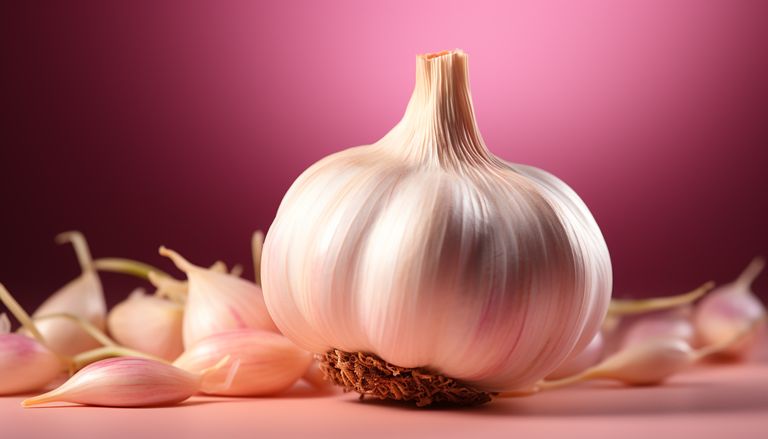
Video credit the gardening channel
Garlic is not only a flavorful and versatile ingredient in cooking, but it also offers a wide range of health benefits that can enhance your well-being. From supporting heart health to boosting immunity and fighting inflammation, garlic is truly a superfood. Growing garlic in your garden is a relatively easy and rewarding endeavor, and once harvested, you can enjoy fresh, homegrown garlic year-round. Whether you choose to plant it for its medicinal properties or simply for its culinary use, garlic is a valuable addition to any garden and diet.
